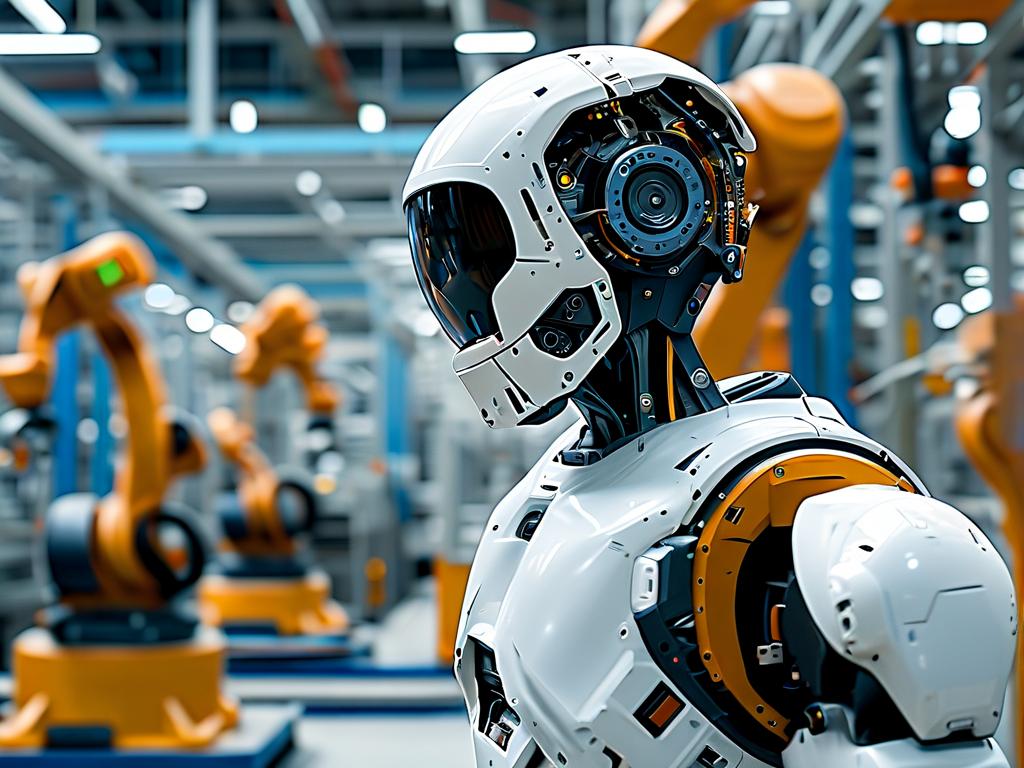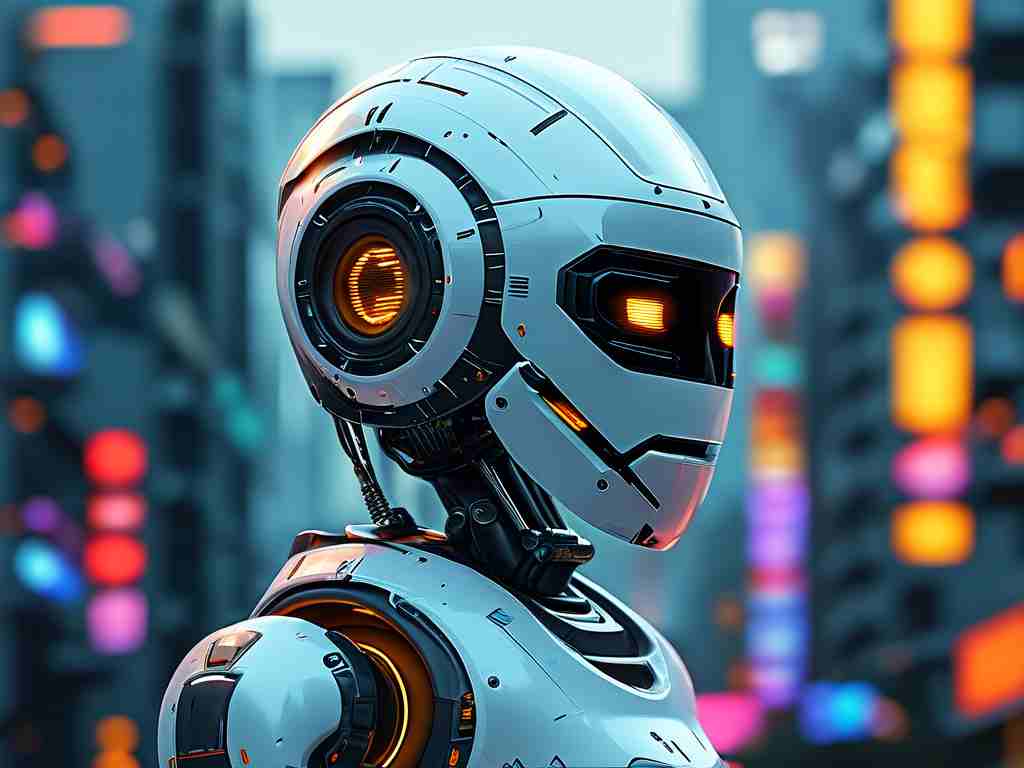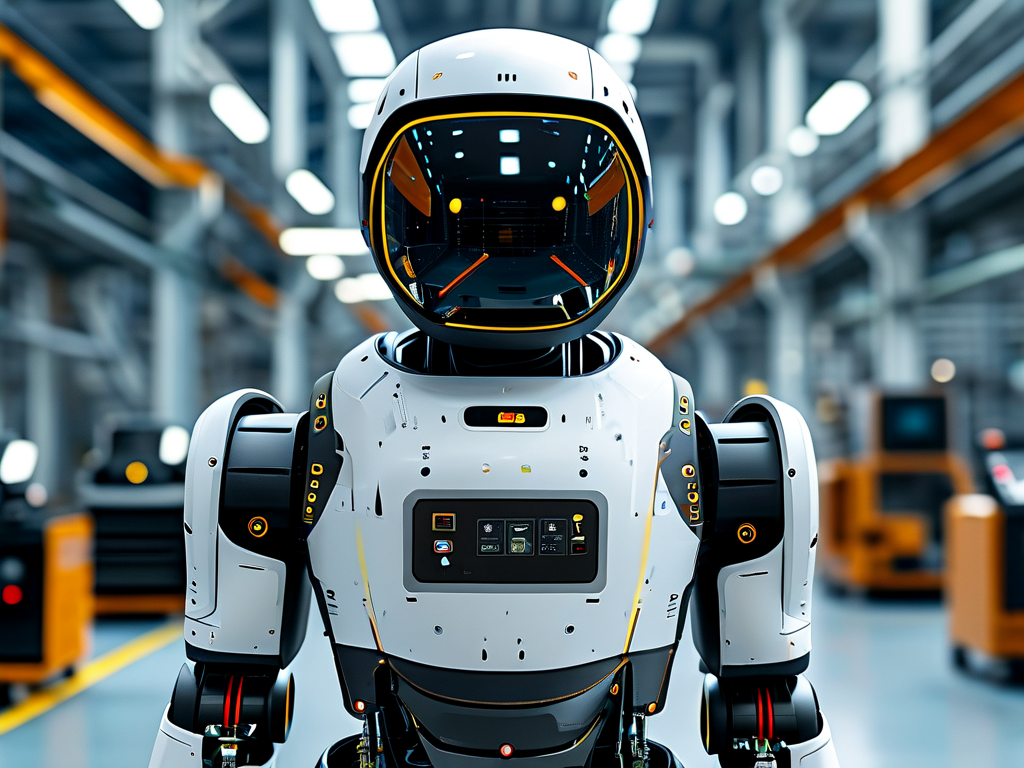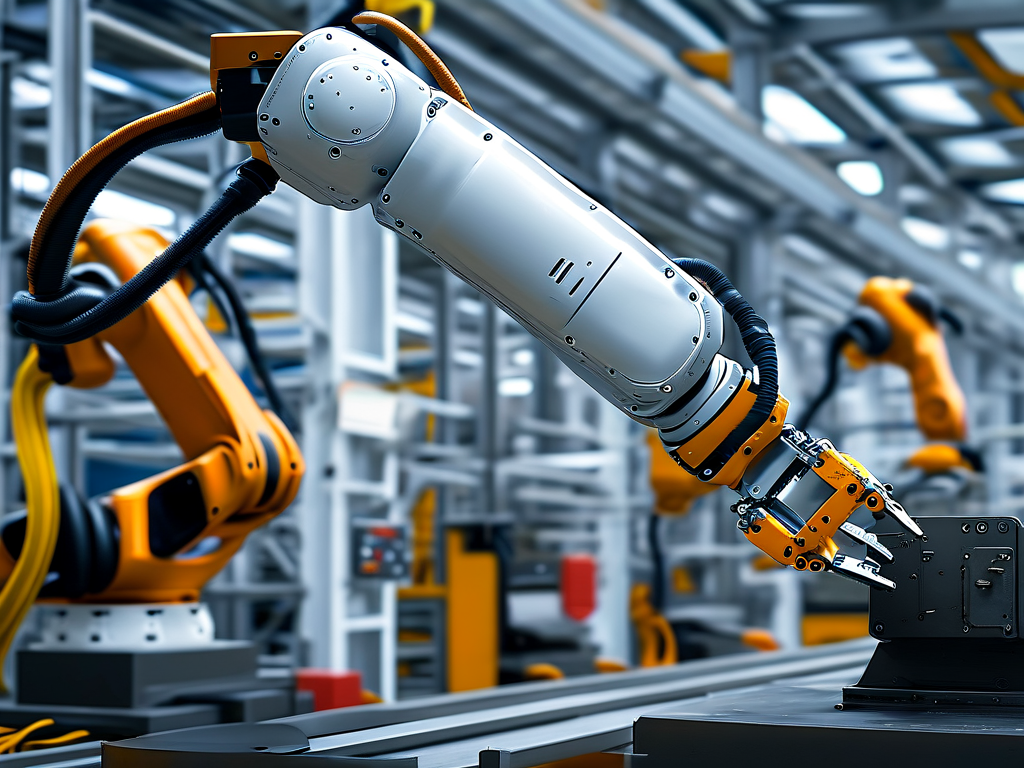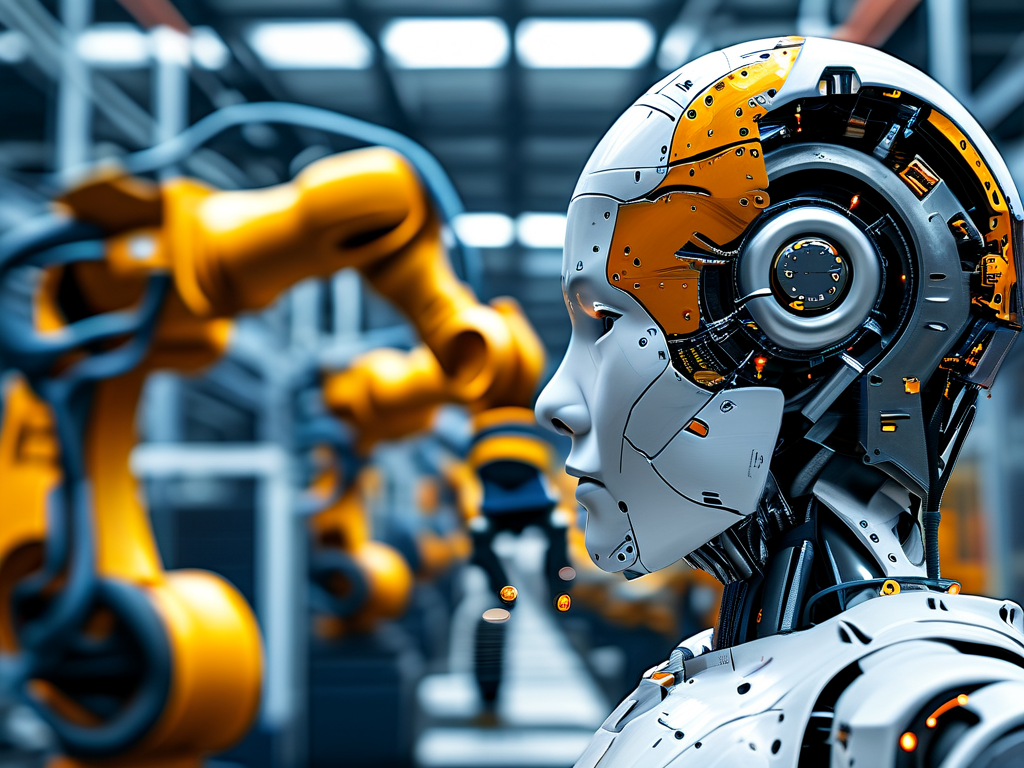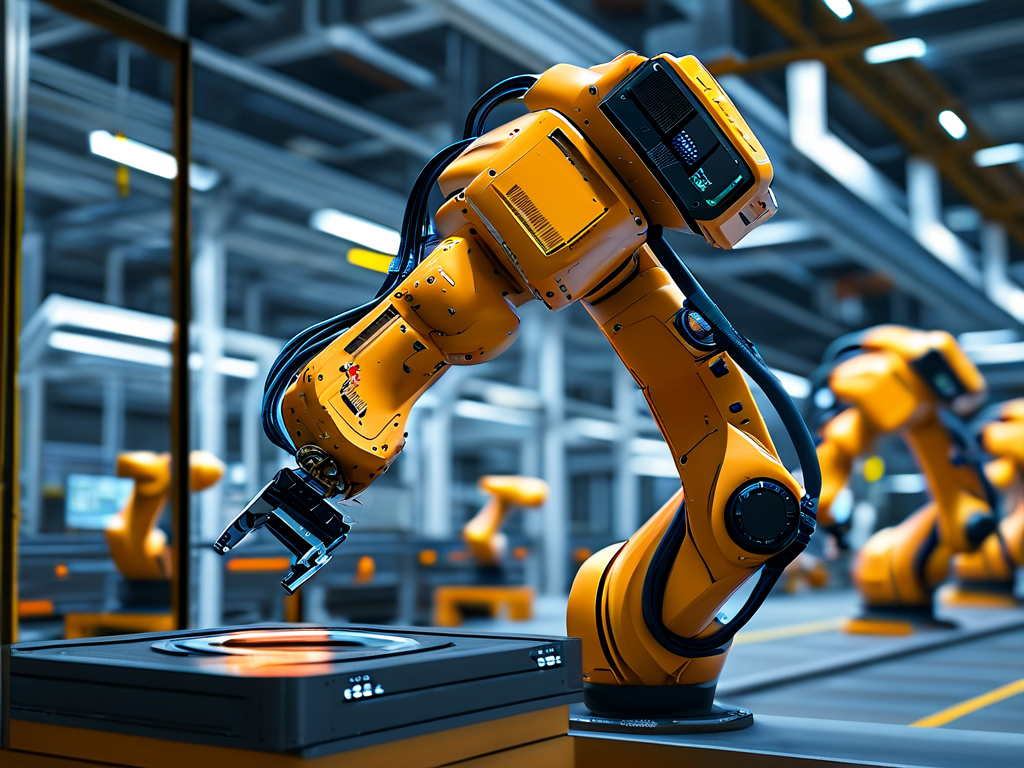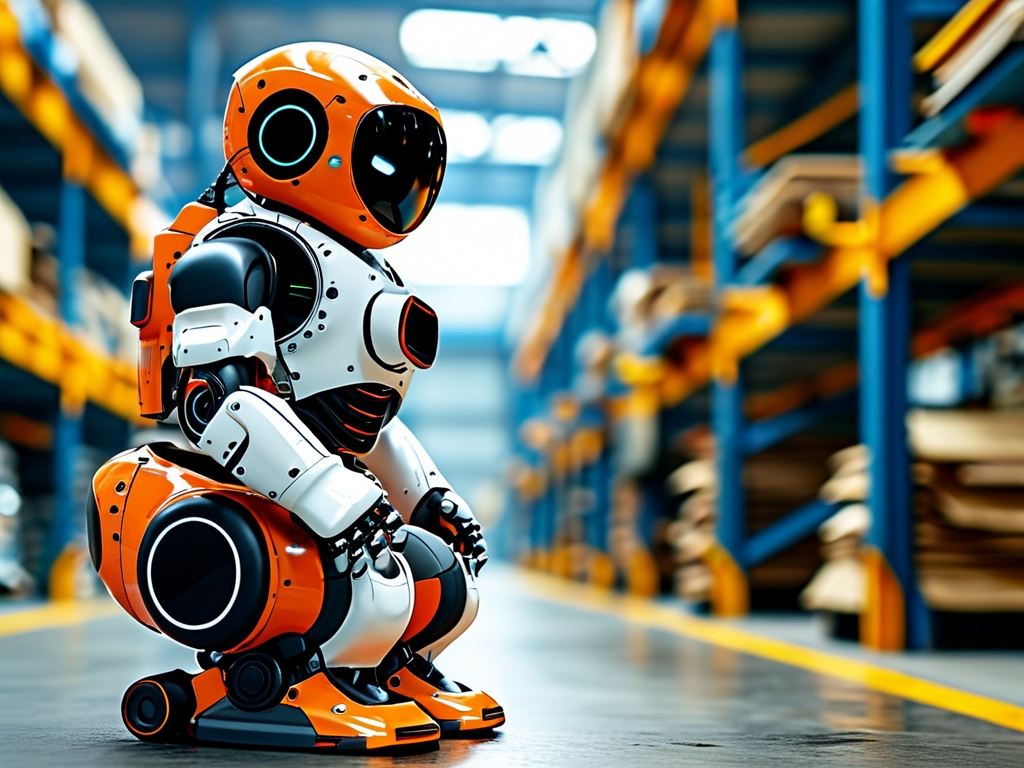As global industries accelerate toward automation, Tongling has emerged as a pivotal hub for industrial robotics innovation in China. The city’s specialized programs in robotics technology combine cutting-edge research with practical applications, positioning graduates at the forefront of modern manufacturing. This article explores how Tongling’s unique approach to robotics education bridges the gap between theoretical knowledge and real-world implementation.
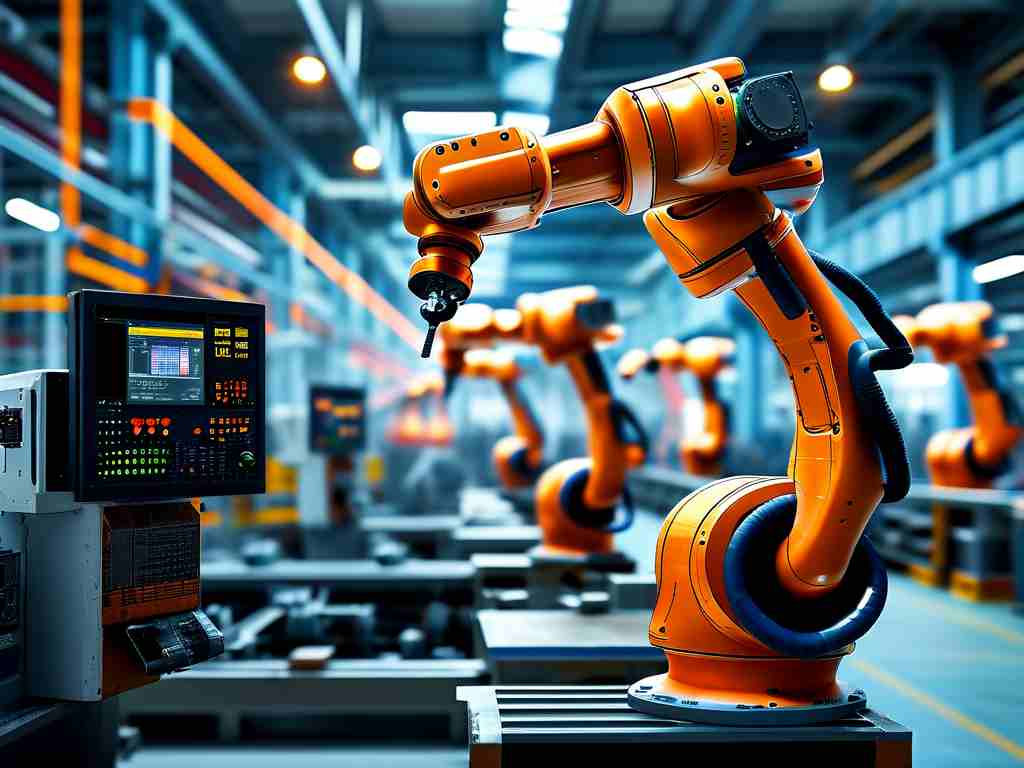
The Rise of Robotics in Tongling’s Industrial Landscape
Tongling’s transition from traditional mining to advanced manufacturing has been fueled by strategic investments in robotics. Over the past decade, local universities and vocational institutes have developed tailored curricula focused on industrial automation, mechatronics, and artificial intelligence. These programs emphasize hands-on training, with students regularly collaborating on projects such as automated assembly line optimization and robotic welding systems. A standout feature is the integration of regional industry partnerships—companies like Anhui Huamao Group and Tongling Nonferrous Metals provide internships, ensuring students master technologies directly applicable to regional economic needs.
Curriculum Design: Balancing Theory and Practice
At the core of Tongling’s robotics programs lies a modular curriculum. Foundational courses in programming (Python, C++) and mechanical design are paired with specialized modules like sensor fusion and machine vision. One distinctive course, “Robotic Systems for Heavy Industries,” addresses Tongling’s mining heritage by teaching students to design drones for underground inspections and autonomous vehicles for material transport. Laboratories equipped with Fanuc arms, UR collaborative robots, and 3D simulation software enable learners to troubleshoot real-world scenarios, from precision calibration to multi-robot coordination.
Industry-Academia Synergy
Tongling’s success stems from its “dual tutor” system, where students receive guidance from both academic advisors and industry engineers. Joint research initiatives have yielded tangible outcomes, such as a recent project with Tongling University and Hualing Automation to develop AI-powered quality inspection robots for copper processing plants. These robots reduced defect detection time by 40%, showcasing how academic research drives commercial efficiency. Additionally, annual competitions like the Yangtze River Delta Robotics Challenge encourage students to solve problems posed by local manufacturers, fostering innovation while addressing regional industrial pain points.
Career Pathways and Global Relevance
Graduates from Tongling’s robotics programs are highly sought after. Alumni have spearheaded automation upgrades at firms like JAC Motors and contributed to international projects, including smart warehouse systems in Southeast Asia. The program’s emphasis on cross-disciplinary skills—such as integrating IoT with robotics—prepares students for emerging fields like predictive maintenance and human-robot collaboration. Notably, Tongling’s focus on sustainable robotics aligns with global trends; courses on energy-efficient actuators and recyclable robotic components reflect the city’s commitment to green manufacturing.
Challenges and Future Directions
Despite its achievements, Tongling faces challenges in scaling its robotics expertise. Limited access to high-end components and reliance on imported software remain hurdles. However, plans for a dedicated robotics innovation park aim to address these gaps by attracting international tech firms and boosting R&D capabilities. Upcoming initiatives include a partnership with Germany’s Fraunhofer Institute to establish a certification center for collaborative robotics safety standards.
In , Tongling’s industrial robotics programs exemplify how regional education can catalyze technological advancement. By aligning academic rigor with industry demands, the city not only nurtures skilled engineers but also reinforces China’s position in the global automation race. As robotics continues to reshape manufacturing, Tongling’s model offers valuable insights into building future-ready technical education systems.


